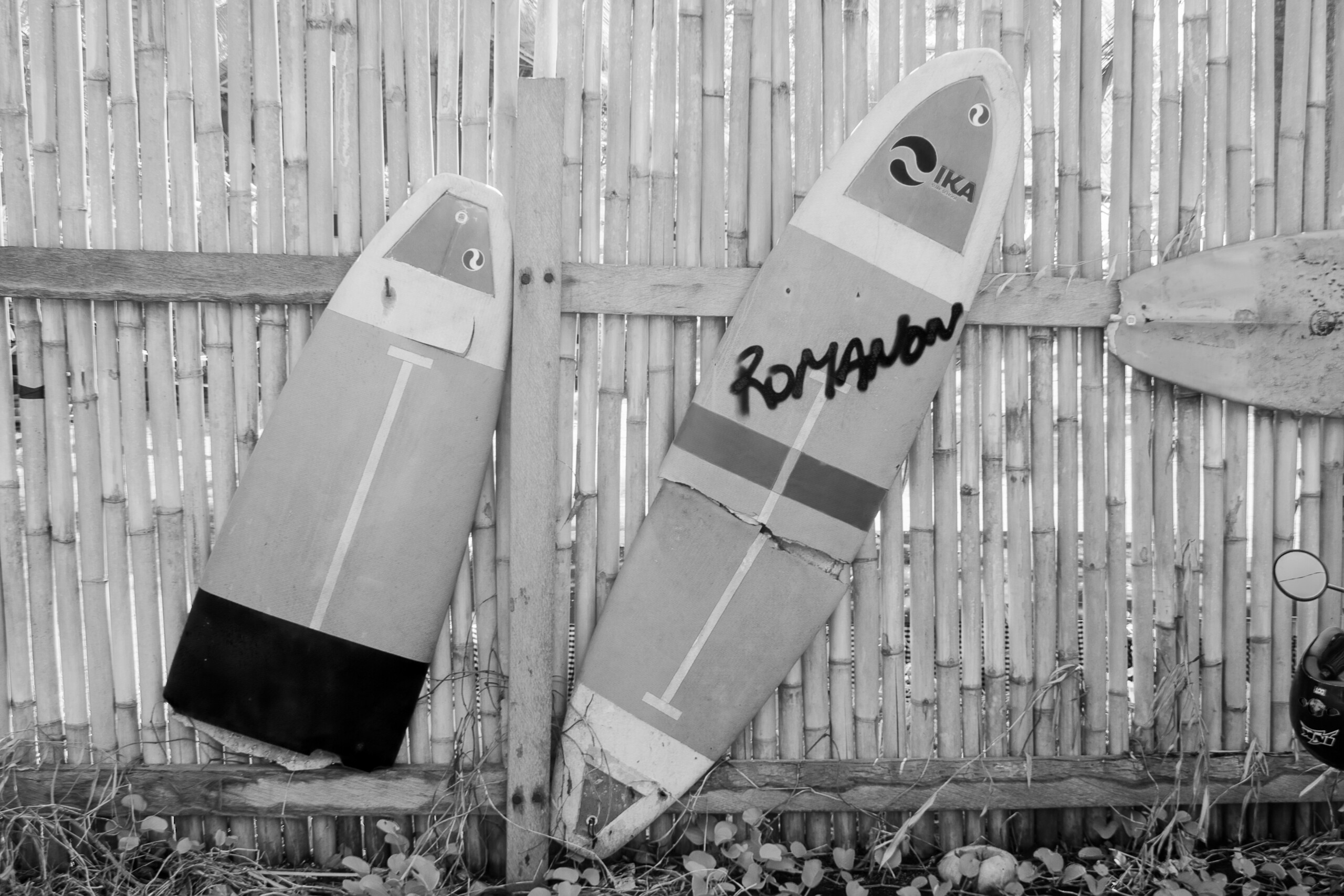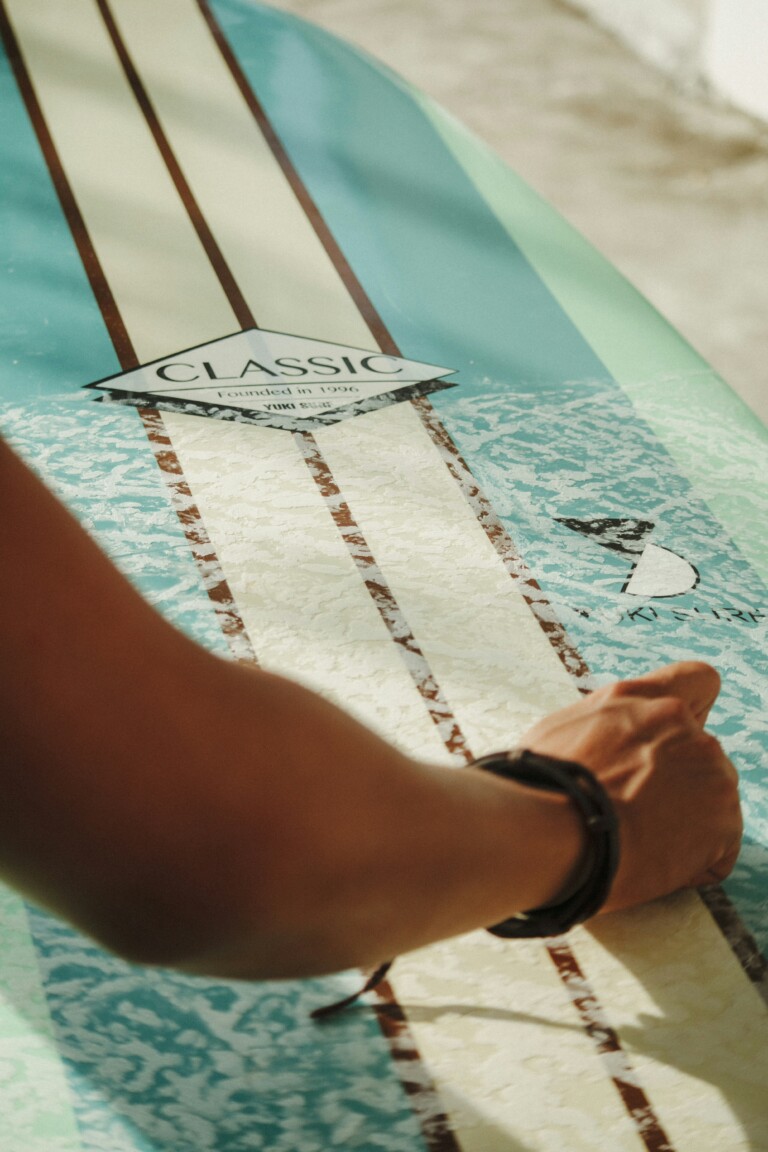Surfing is not just a sport; it’s a way of life, especially here at San Diego Surf School. Whether you’re taking San Diego surf lessons or hitting the waves on your own, your surfboard is your trusty companion. But just like any piece of equipment, surfboards require regular maintenance to perform their best. Understanding how to spot surfboard damage and knowing when it needs repair is crucial for both your safety and your surfing experience.
Common Types of Surfboard Damage
- Dings and Cracks
- What to Look For: These are the most common types of damage. Dings are small dents or cracks that can occur from impact with rocks, other surfboards, or even during transport.
- Why It Matters: Even minor dings can allow water to seep into the foam core, leading to more significant damage over time.
- Delamination
- What to Look For: This happens when the outer fiberglass layer separates from the foam core, creating bubbles or soft spots on the surface.
- Why It Matters: Delamination weakens the structural integrity of your surfboard, affecting performance and increasing the risk of further damage.
- Pressure Dings
- What to Look For: These are dents that occur from the pressure of your feet on the deck of the board.
- Why It Matters: While they are often superficial, excessive pressure dings can lead to cracking and eventual water damage.
- Fin Box Damage
- What to Look For: Check for cracks or movement in the fin boxes. Damaged fin boxes can affect the stability and maneuverability of your surfboard.
- Why It Matters: Loose or damaged fin boxes can lead to lost fins or even more serious damage if not addressed promptly.
When to Seek Surfboard Repair
Knowing when your surfboard needs professional repair can save you from more costly fixes down the line and ensure you’re always ready to catch the next wave.
- Water Logging
- Signs: If you notice your board feels heavier than usual or you hear water sloshing inside, it’s likely taking on water.
- Action: Immediate repair is needed to prevent further water damage and preserve the board’s buoyancy.
- Visible Cracks and Deep Dings
- Signs: Any crack that goes through the fiberglass layer or dings that expose the foam core.
- Action: These should be repaired as soon as possible to prevent water infiltration and structural damage.
- Soft Spots and Delamination
- Signs: Soft spots that feel spongy under pressure or areas where the fiberglass has bubbled.
- Action: Delaminated areas need to be professionally repaired to restore the board’s strength and performance.
- Fin Box or Leash Plug Issues
- Signs: Cracks around the fin box or leash plug, or if either feels loose.
- Action: Secure fin boxes and leash plugs are essential for both safety and performance. Any damage here should be promptly repaired.
How San Diego Surf School Can Help
At San Diego Surf School, we offer more than just San Diego surf lessons; we’re committed to helping you maintain your gear so you can enjoy the best surfing experience possible. Our expert team is skilled in surfboard repair and can address any damage, ensuring your board is in top condition for your next session.
Remember, a well-maintained surfboard is key to a great surfing experience. Regularly inspect your surfboard for signs of damage and seek repair when needed. If you’re unsure about the condition of your surfboard, bring it to San Diego Surf School for a professional assessment. Happy surfing!
















